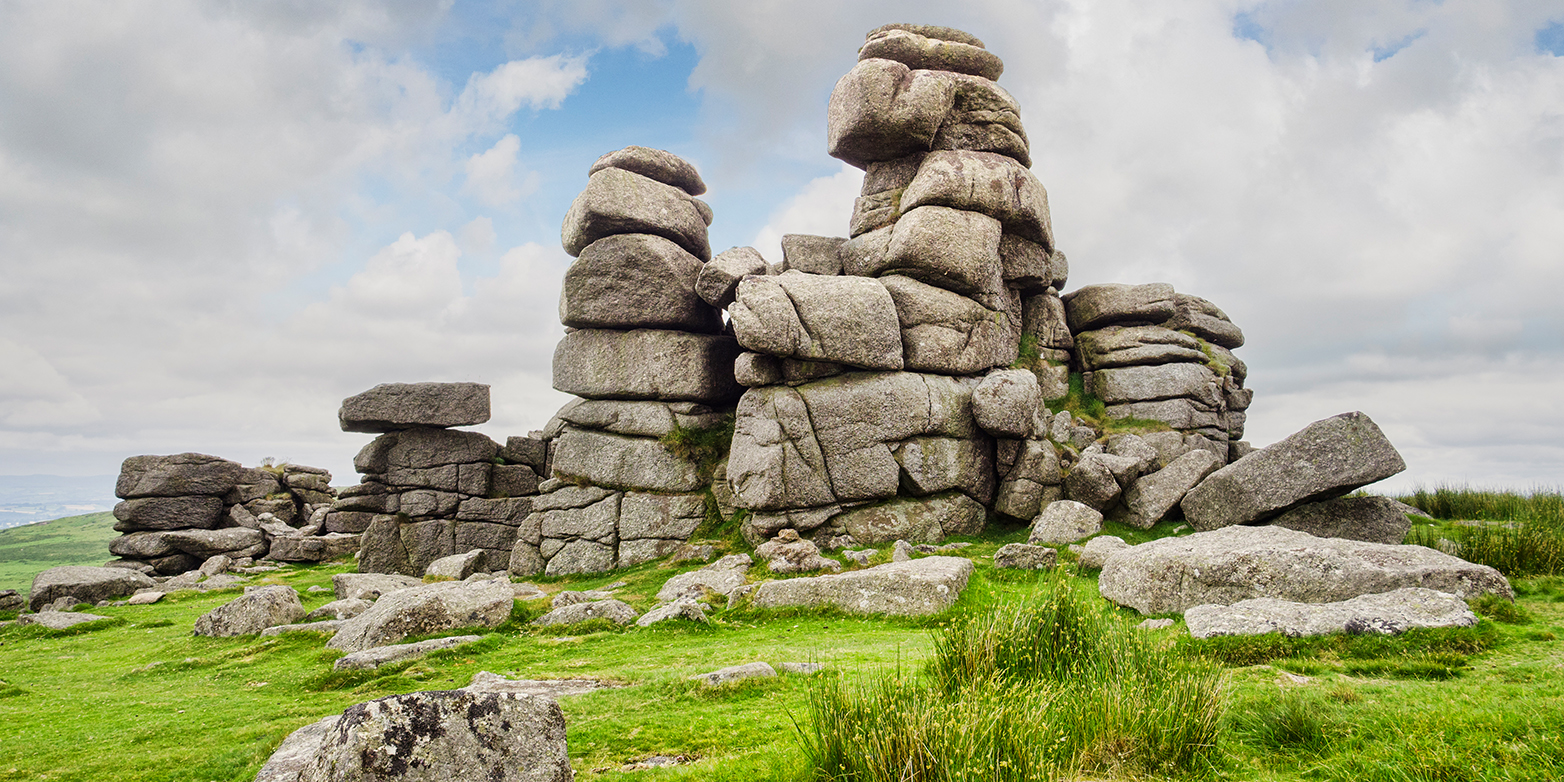Earth’s climate entered a long phase of cooling 15 million years ago, resulting in an ice age. A team of researchers has now found new indications as to what initiated this cooling and kept it going.

Fifteen million years ago, the Earth’s climate entered into a period of slow, continuous cooling, and simultaneously the Antarctic ice sheet grew steadily larger. Finally, around 2.5 million years ago, Greenland became covered in ice, thrusting the Earth into its current bipolar ice age.
Geoscientists have been debating what brought about this global cooling for many years. Some argue that major mountain ranges such as the Andes, the Himalayas and the Alps started to form 15 million years ago, and that they accelerated erosion and the weathering of rocks. This theory posits that the formation of mountains drew more carbon dioxide (CO2) from the atmosphere than processes such as volcanic eruptions were giving off, causing temperatures to continuously decrease.
Constant weathering, increased reactivity
A team of researchers from ETH Zurich, Stanford University and the German Research Centre for Geosciences (GFZ) in Potsdam has now demonstrated that this hypothesis is not accurate enough. Their study was recently published in the journal external page Nature.
Using a model and previously published data, the researchers Jeremy Caves Rugenstein, Daniel Ibarra and Friedhelm von Blanckenburg discovered that weathering was constant during the period in question, between 15 million years ago and the start of the ice age 2.5 million years ago.
However, what did increase during that period was the “reactivity” of the land surface – and it was this increase in reactivity that caused the continuous but decisive reduction in atmospheric CO2 and hence the global cooling.

Reactivity is the term chemists use to describe how “willing” a chemical bond or an element is to react; in other words, how quickly they attract a partner with which to undergo a chemical reaction.
This concept also applies to the weathering of rocks. Some minerals in the rocks react easily with carbonic acid, which is produced when atmospheric CO2 dissolves in rainwater. The carbonic acid then bonds with ions such as magnesium or calcium, which has the effect of removing the greenhouse gas from the atmosphere.
Problems with the “mountain-forming” hypothesis
“But there’s a big catch to this story,” says Caves Rugenstein, the lead author of the study and a former fellow of the Geological Institute at ETH Zurich. This mountain-forming hypothesis assumes that there was a large increase in erosion. “But that’s something we can’t put precise numbers on.” An increased rate of erosion would have been accompanied by an increase in weathering, and thus CO2 losses – to such an extent that there would have been very little CO2 left in the atmosphere after less than one million years. “That would have turned our planet into an icy wasteland hostile to life,” Caves Rugenstein says. But this was clearly not the case over the past 15 million years.
Caves Rugenstein’s co-author von Blanckenburg at the GFZ and his colleague Jane Willenbring had expressed doubts about the hypothesis back in 2010. They showed that weathering of the land surface had not increased at all, based on measurements of the isotope beryllium-10, produced by cosmic radiation, and its ratio to the stable isotope beryllium-9 in ocean sediments.
The recently published study casts even more doubt on the mountain-forming hypothesis. The three researchers used stable isotopes of lithium, found in ocean sediments, as an indicator for weathering processes. They wanted to find out whether the amount of CO2 in the atmosphere could have decreased despite the rate of weathering remaining constant. They also fed this data into a computer model of the global carbon cycle.
Geological processes must rejuvenate the surface
The results of the model do indeed support the idea that the land surface became more reactive; in other words, that geological processes caused unweathered and hence chemically reactive rock to make its way to the surface. This material would have been able to react as extensively with a low level of atmospheric CO2 as heavily weathered rock would in the presence of abundant CO2. As such, the total amount of the greenhouse gas removed from the atmosphere per time interval remained constant. “This means the reduction in atmospheric CO2 can be explained without an increase in weathering,” von Blanckenburg says. In short, the weathering of rocks had become more efficient.
But there must be a geological process “rejuvenating” the land surface to make it more reactive, he explains. This needn’t necessarily be the formation of major mountain ranges. Equally, tectonic fractures, a small increase in erosion or the exposure of other types of rock might have caused more material with weathering potential to show at the surface. “Our new hypothesis ought to trigger a geological rethink regarding the long period of cooling in the run-up to the last ice age,” von Blanckenburg says.

Reference
Caves Rugenstein JK, Ibarra DE, von Blanckenburg F. Neogene cooling driven by land surface reactivity rather than increased weathering fluxes. Nature. DOI: external page 10.1038/s41586-019-1332-y
Comments
No comments yet